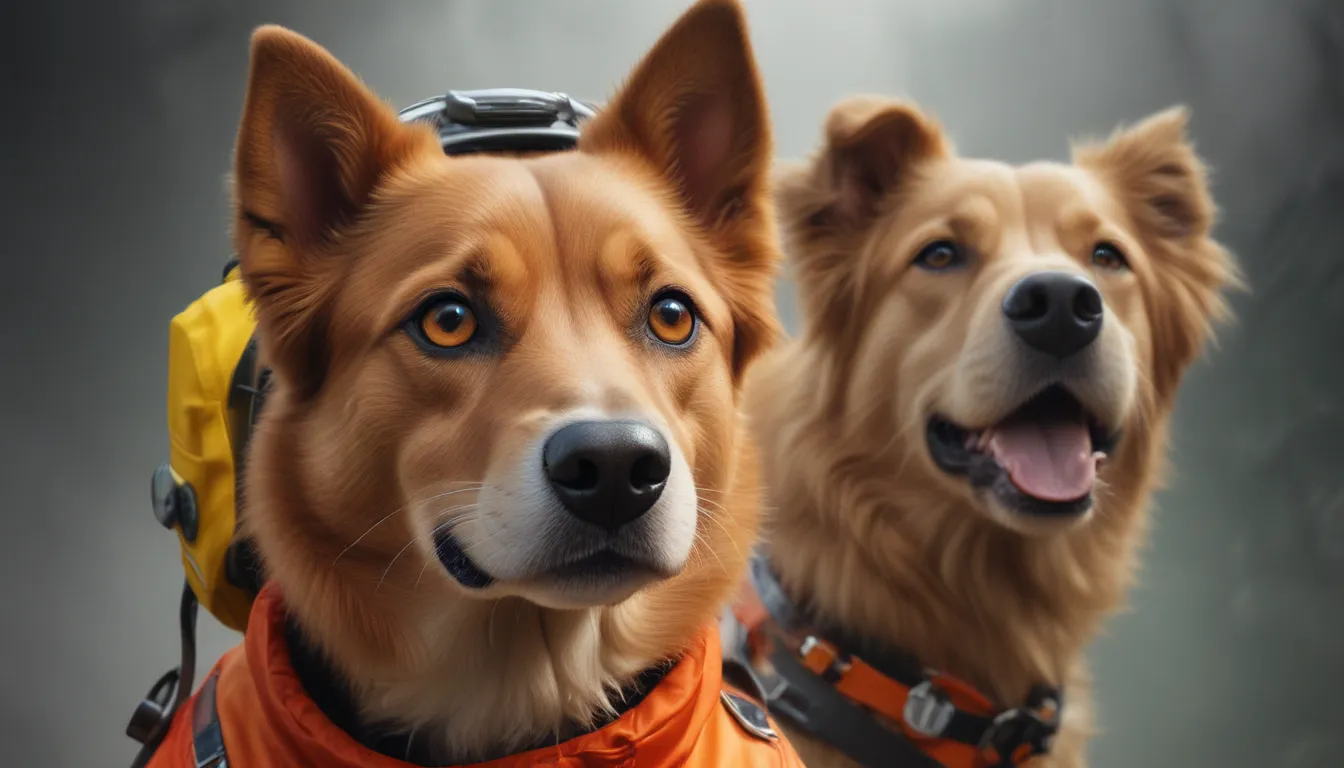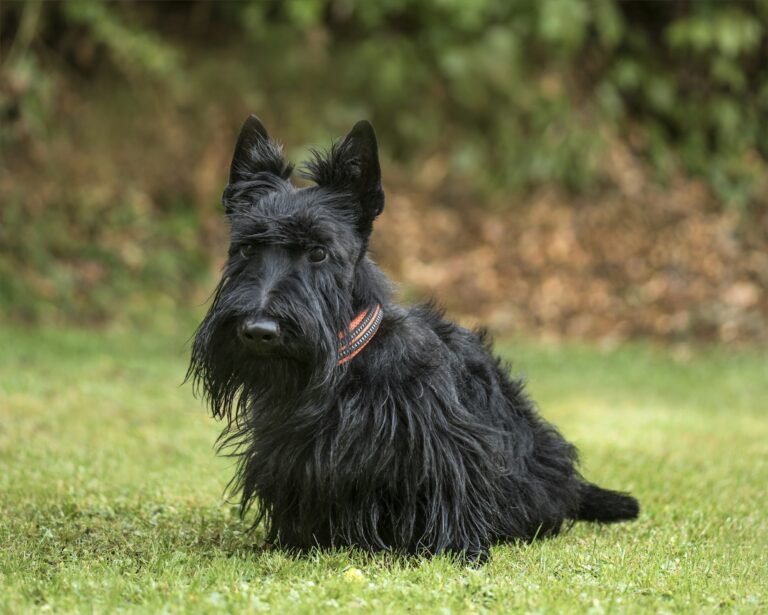The pictures we use in our articles might not show exactly what the words say. We choose these pictures to make you interested in reading more. The pictures work together with the words but don’t take their place. The words still tell you the important facts.
Welcome to the fascinating world of search and rescue dogs, where four-legged heroes embark on daring missions to locate missing persons in diverse and challenging environments. These canines, with their extraordinary sense of smell and unwavering dedication, form an essential part of emergency response efforts. Join us as we delve into 23 incredible facts about these remarkable animals, exploring their training, abilities, and the critical roles they play in saving lives.
Unraveling the World of Search and Rescue Dogs
Search and rescue dogs are highly trained animals that excel in locating missing persons across various landscapes, from wilderness areas to disaster zones. These canine heroes undergo rigorous training to harness their natural abilities, making them invaluable assets in rescue operations.
- Breeds Commonly Used: German Shepherds, Labrador Retrievers, Border Collies, and Belgian Malinois are among the most common breeds trained as search and rescue dogs, selected for their intelligence, physical endurance, and keen sense of smell.
- Training Commences Early: Training for search and rescue dogs often commences in their puppyhood, allowing for the progressive development of their skills as they mature.
The Significance of Scent in Search and Rescue
Scent plays a pivotal role in how search and rescue dogs carry out their duties. With their incredibly sensitive sense of smell, these dogs can track human scents over long distances and through challenging terrains.
- Tracking vs. Air Scenting: Search and rescue dogs may be trained in either tracking, following a specific person's scent trail, or air scenting, locating any human scent in an area.
- Environmental Factors Affecting Scent: Various environmental factors such as wind, temperature, and humidity can influence how scent travels, requiring search and rescue dogs to work in diverse conditions.
Delving into the Training Process
The training of search and rescue dogs is a rigorous process that involves both the dogs and their handlers. This partnership is crucial for the success of search and rescue missions.
- Obedience Training: Basic obedience forms the foundation of search and rescue dog training, ensuring that dogs can follow their handler's commands precisely, even in distracting environments.
- Specialized Skills: Beyond obedience, search and rescue dogs learn specialized skills like navigating obstacles, working in water, and even parachuting from aircraft in some cases.
- Certification: Both dogs and handlers must meet specific certification standards, varying based on the organization and the type of search and rescue work they will undertake.
Embarking on Real-Life Rescues
Search and rescue dogs have been instrumental in numerous successful missions, saving lives and providing closure to families of missing persons.
- Notable Rescues: These dogs have located missing hikers in remote wilderness areas, found survivors in collapsed buildings, and assisted in natural disaster recovery efforts.
- Emotional Support: In addition to their search capabilities, search and rescue dogs offer emotional support to rescue teams and survivors, providing comfort in stressful situations.
Embracing Challenges and Rewards
The work of search and rescue teams presents its own set of challenges and rewards, forging a strong bond between handlers and dogs through shared experiences.
- Physical and Emotional Demands: The work is physically demanding for both dogs and handlers and emotionally challenging as not all searches end successfully.
- Lifesaving Impact: Despite challenges, the ability to save lives and provide closure to families offers immense satisfaction and emphasizes the crucial role of search and rescue dogs in emergency response efforts.
- Retirement and Continued Training: After years of service, search and rescue dogs retire, often staying with their handlers as beloved pets. Both dogs and handlers continue training throughout their careers to maintain skills and learn new techniques.
Thank you for taking the time to explore the extraordinary world of search and rescue dogs with us. Let's continue to celebrate and appreciate these remarkable animals who serve as heroes in fur coats, offering hope and aid in times of need. Their stories of bravery, resilience, and the unbreakable bond between human and animal inspire us all. Remember, when disaster strikes, these four-legged heroes are ready to spring into action, showcasing the incredible partnership between humans and animals in the noble pursuit of saving lives.






